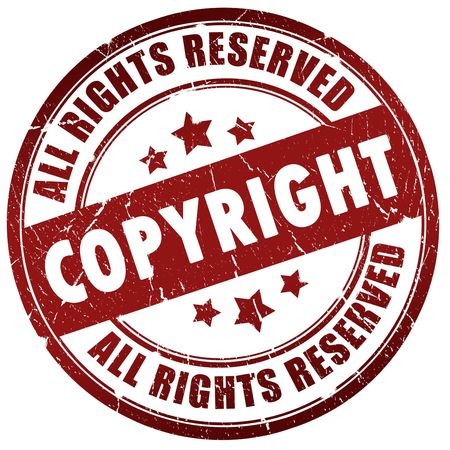Overview
 Artificial Intelligence is rapidly changing the creative landscape. ChatGPT and other text generators can churn out realistic poems, essays, white papers, and other pieces of prose in response to simple commands or requests. Programs such as DALL-E, Starry AI and others can create works of art from simple instructions.
Artificial Intelligence is rapidly changing the creative landscape. ChatGPT and other text generators can churn out realistic poems, essays, white papers, and other pieces of prose in response to simple commands or requests. Programs such as DALL-E, Starry AI and others can create works of art from simple instructions.
What those programs have in common is the use of artificial intelligence whereby the generator “learns” from multitudes of data points that have been entered into it. In the case of the visual arts, the data points are actual works of art created by humans, who have copyrights in their work. Essentially, the generators are using an artist’s work to create a program that can then create machine-generated “art” that is different from the original works from which the program learned. However, such “art” arguably constitutes a derivative work based on the pre-existing original work and is therefore encompassed within the copyright owner’s rights. Furthermore, in theory at least, the machine-generated art could compete for sales with the original work from which it learned.
AI-generated art work has received both criticism and accolades. An AI-generated piece of art work submitted by Colorado resident Josh Allen to an art competition at the Colorado State Fair took home a prize. In response to criticism from artists, Allen later was quoted in the New York Times as saying, “Art is dead, dude. It’s over. A.I. won. Humans Lost.”
Artists, however, are fighting back. On January 13, 2023, a group of artists filed a class action lawsuit in the Northern District of California, alleging that the use of their work by art generator makers to train their AI tools is a copyright violation. The lawsuit, based on the Copyright Act, Digital Millennium Copyright Act, and other state laws alleges that the defendants have scraped billions of images from the web and are using them to train their AI programs to create new images. The plaintiffs are seeking class action certification, injunctive relief and damages. If successful, the lawsuit could severely limit the number of images that the generators are able to ingest for training.
In response, the art generators are expected to assert that their use of the copyrighted images is a fair use under the Copyright Act. Generally, fair use exempts one from liability for copyright infringement when the copyrighted work is used for purposes such as criticism, comment, news reporting, teaching, scholarship or research. To determine whether a use is fair, courts weigh four factors: (1) the purpose and character of the use; (2) the nature of the copyrighted work; (3) the amount and substantiality of the portion used in relation to the copyrighted works as a whole; and (4) the effect of the use upon the potential market for or value of the copyrighted work. The defendants will likely point to the recent Supreme Court case of Google LLC v. Oracle America, Inc., where the Court found that Google’s use of certain lines of software code was a fair use. Whether the factors that carried the day in that case are present in the artists’ class action case, however, remains to be seen.